Results 1 to 10 of 12
Thread: Silver Nitrate Dying
Threaded View
-
02-01-2020, 12:08 AM #1
 Silver Nitrate Dying
Silver Nitrate Dying
I decided to try my hand at dyeing scales with Silver Nitrate after reading an old post by the late Neil Miller.
This process was used in the past for dyeing horn scales.
I found myself with a bone scale that had a dark rot through it and in this case the razor was pristine which did not match the rotten scales. That made these scales a good candidate for dyeing.
(My techniques, methods & measurements were created by me)
Vintage Bone Scales
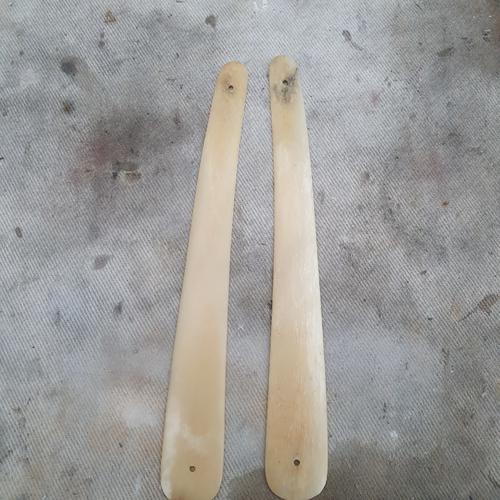
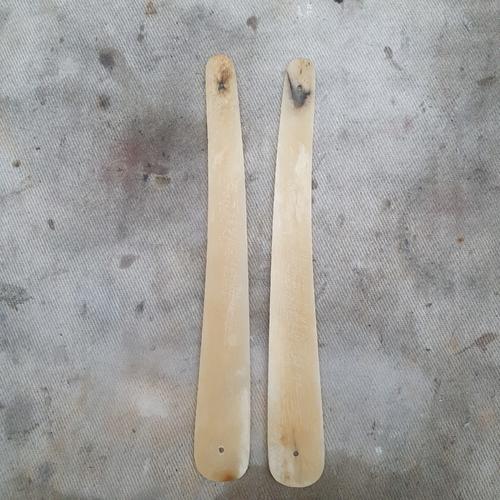
Silver Nitrate
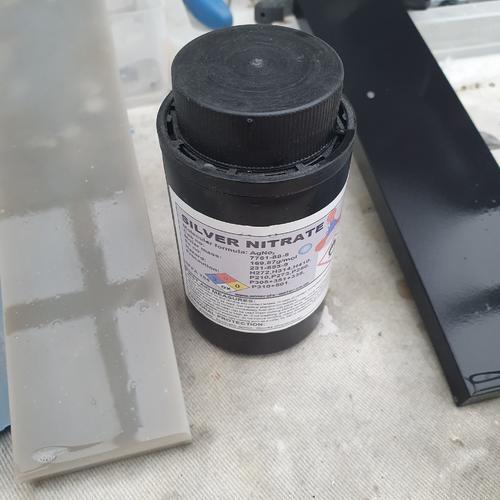
5 Grams Weighed
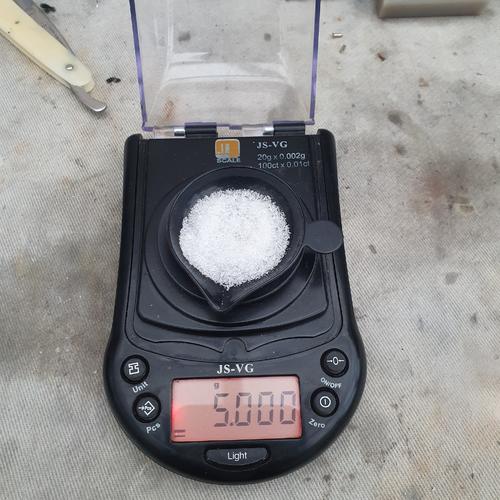
300ml Water Mixed With The Silver Nitrate
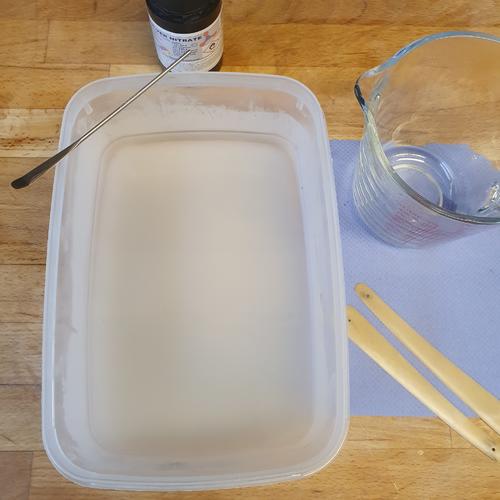
After a 3 Day Soak The Scales Turned a Dark Grey Colour
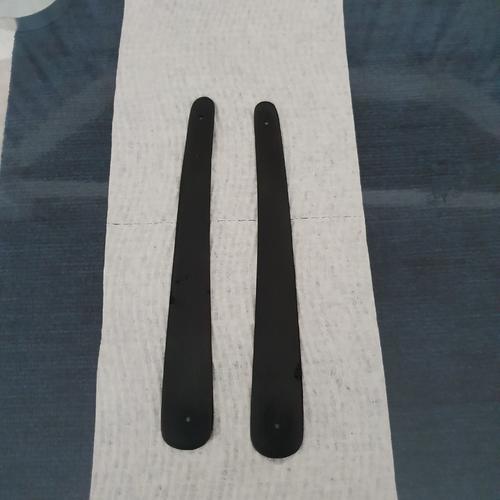
10 Minutes Under a UV Light
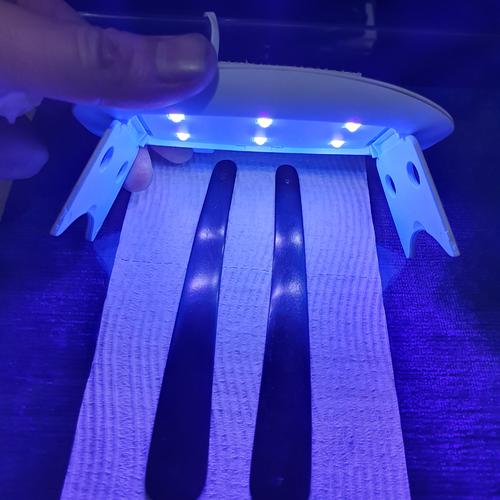
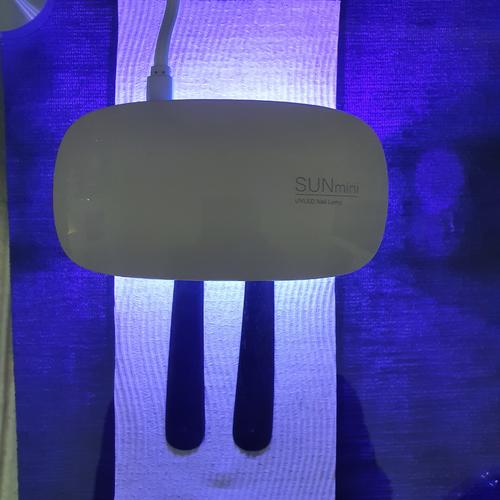
After a Buff The Shine On The Scales Was Outstanding
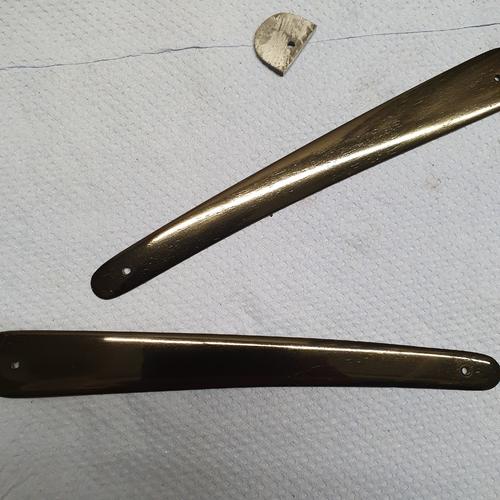
The Colour Was a Dark Golden Brown
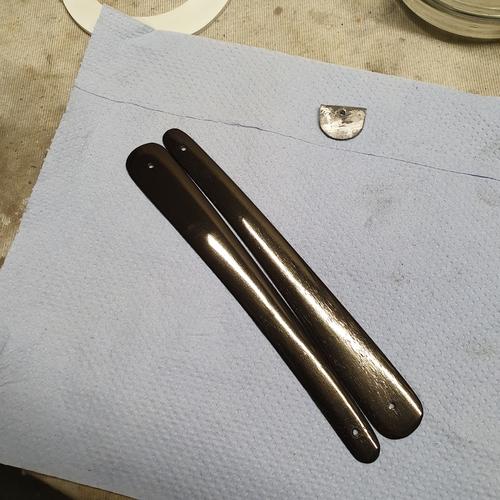
Last edited by JOB15; 02-01-2020 at 12:11 AM.
-
The Following 10 Users Say Thank You to JOB15 For This Useful Post:
32t (02-01-2020), Cangooner (02-01-2020), criswilson10 (02-02-2020), dinnermint (02-01-2020), Geezer (02-01-2020), JellyJar (02-01-2020), markbignosekelly (02-01-2020), ScoutHikerDad (02-01-2020), sharptonn (02-01-2020), Steel (02-01-2020)


 60Likes
60Likes LinkBack URL
LinkBack URL About LinkBacks
About LinkBacks






 Reply With Quote
Reply With Quote